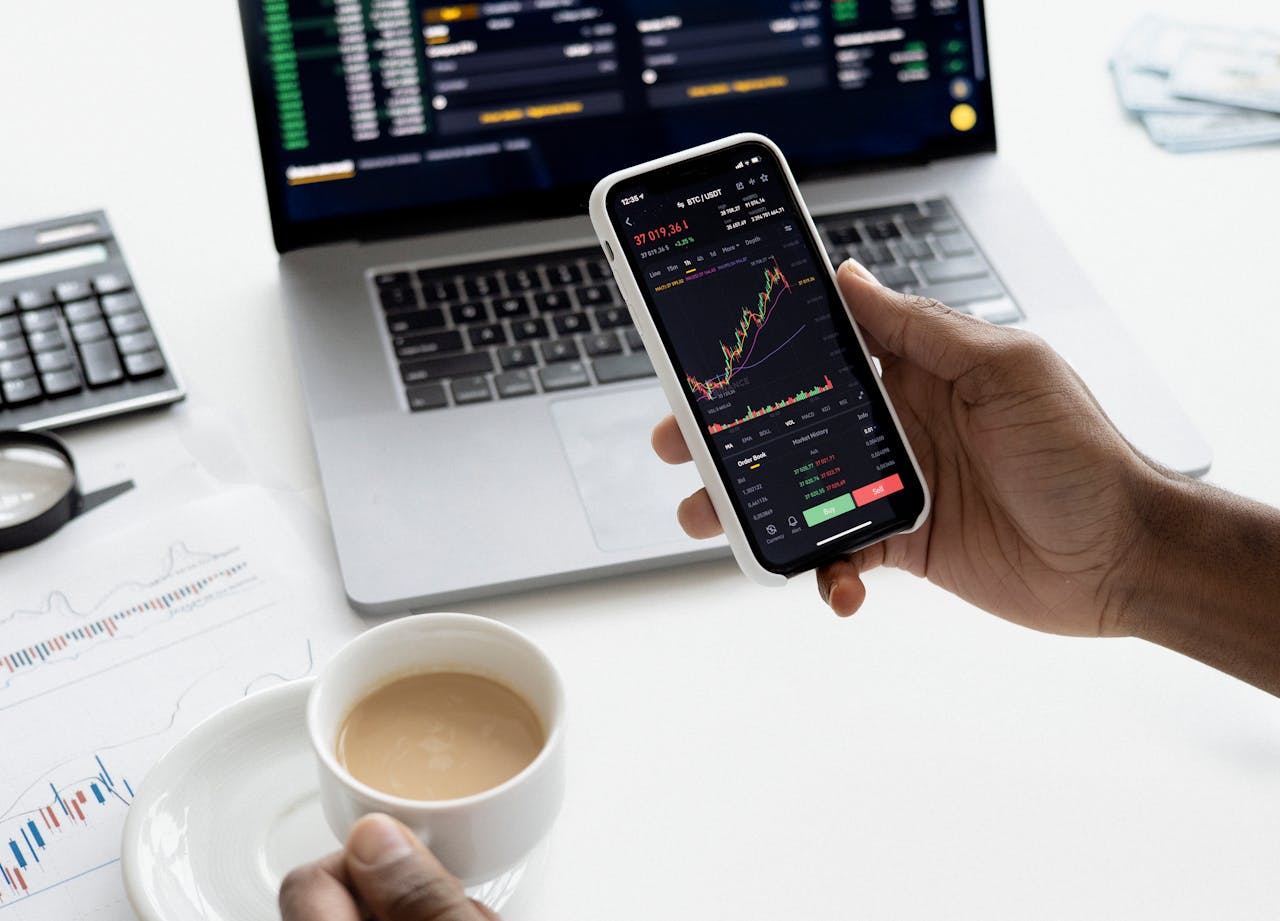

Indonesia is the largest economy in Southeast Asia, and the country is leveraging this position to become a global economic powerhouse. The government established a long-term program called the Masterplan for Acceleration and Expansion of Indonesia’s Economic Development, which supports the country’s goal to become one of the world’s top 10 economies by 2025. Infrastructure is a key sector in supporting the country’s development plan, and given Indonesia’s archipelagic nature, connectivity and innovation will accelerate economic growth.
In 2022, the government allocated 365.8 trillion Indonesian rupiah for infrastructure projects. This is 50 trillion Indonesian rupiah less compared to the 2021 budget for infrastructure spending. Currently, infrastructure in Indonesia focuses on sectors like social, transportation, extraction, information, communication, and technology (ICT), and manufacturing infrastructure.
We look at the current trends in infrastructure development in Indonesia, the challenges that threaten the sector’s growth, and new opportunities for investments.

Indonesia’s infrastructure spending was concentrated on Java Island for decades. It is the most populous island in the archipelago where the capital city of Jakarta is located. In recent years, the government has been moving development projects outside of the main island to increase connectivity. The Trans-Sumatra Toll Road project started in 2015 with the goal of connecting the northern and southern parts of Sumatra, the country’s second-largest island.
Many infrastructure projects were put on hold because of the COVID-19 pandemic. The revenue of Indonesia’s largest construction companies also dropped for the first time in years because of the lack of activity. Smaller construction companies, with less capital and limited equipment, have already had a hard time sustaining their businesses. Despite these challenges, the sector is expected to see further growth. With the government maintaining its focus on connecting the country’s regions, many infrastructure development projects in Indonesia will contribute to overall economic growth.
In August 2019, the government announced that it will be relocating its capital to Nusantara, a planned city in East Kalimantan on the island of Borneo. Set to be inaugurated in August 2024, construction began in July this year. The first phase of construction began with the Government Central Area zone, which included government offices, hospitals, schools, and shopping malls. The government of Indonesia requires more infrastructure investments to fund this project, which also includes green zones, energy infrastructure, connecting roads, and more.
The government is now eyeing sustainable infrastructure development in Indonesia. Public-private partnerships that will enable digital innovation, financing, and enhanced capabilities for the sector to implement sustainable construction projects are being sought. Driving infrastructure investments in Indonesia will not only accelerate the country’s economic development but also make green infrastructure projects more inclusive and accessible throughout the archipelago.
Improved connectivity and sustainable construction are two areas that can accelerate infrastructure development in Indonesia. Ensuring that these projects help mitigate the effects of climate change in Indonesia will help secure the country’s economy and promote resilience across its major industries. Investments in these areas will provide economic benefits for all stakeholders, allowing communities and investors to enjoy enhanced developed environments.

Revolutionizing Finance: An Overview of Digital Lending in Southeast Asia
Digital lending is poised to become the primary revenue driver for digital financial services in Southeast Asia (SEA) by 2025, outpacing digital payments. This growth is fueled by a 33% annual increase in digital lending, supported by technological innovations such as automated loan origination processes and seamless integration of financial services into digital experiences. These advancements have made it easier for consumers to access financing for various needs, including online shopping, travel bookings, and ride-hailing services.

IoT Integration in the SEA Automotive Lubricants Market
The Southeast Asia (SEA) automotive lubricants market is rapidly evolving with the integration of Internet of Things (IoT) technology. This transformation offers significant benefits, creates new opportunities in smart technology, and introduces innovative IoT solutions that can revolutionize the industry.

Embracing Robotization: Challenges and Opportunities in Industry 4.0
Robotization presents challenges and opportunities for businesses and the workforce, requiring companies to embrace this transformation.

Opportunities in the Indonesian Skincare Market
The rapid growth of the Indonesian skincare market presents significant opportunities for the beauty industry. Projections indicate a steady growth trajectory of 4.6% over the next five years, reflecting sustained consumer demand and market expansion. In this article, we will explore the various opportunities that the Indonesian skincare market presents for brands seeking to establish a strong foothold and thrive in this dynamic landscape.